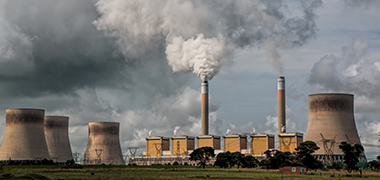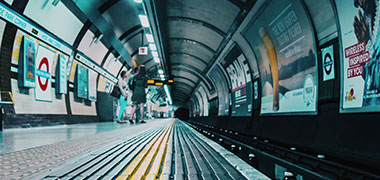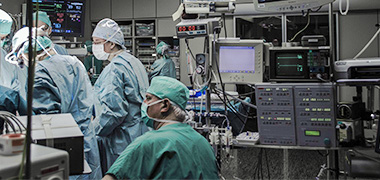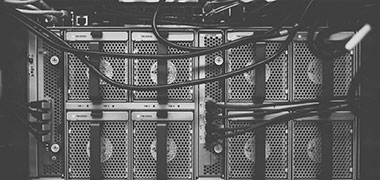Commercial/Residential
IIECC provides customized IAQ solutions for various types of environmental pollution to improve indoor air quality effectively.
Public Spaces |
Hotel / Resort |
Kitchen/Restaurants |
Offices |
Schools / Kindergartens |
Living Spaces |
| Fundamentally speaking, the public space of a city is the place of the social life of citizens and the essence of the urban real environment. The environmental quality of public space directly affects everyone's life safety and health. In public spaces such as airports and hotels, offices and gyms, the shopping centre and cinemas, the air is difficult to circulate due to the high density of people and poor ventilation, which is most likely to cause the breeding of bacteria and mold. Add to the mix of people in the site, the risk of bacterial cross infection, so a healthy air environment is needed. |
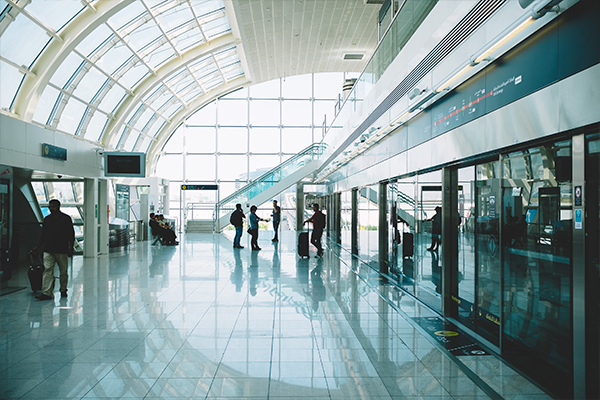 |
 |
|
 |
In addition, these public indoor places are mostly to undertake large area is decorated, a great deal of use man-made plank, coating, binder, furniture lacquer decorate material to wait, these materials are the source of volatile air pollutant such as formaldehyde and benzene, cause the harmful material such as formaldehyde, benzene, toluene, xylene to exceed bid very easily. Therefore, the indoor air pollution level of the public space is more serious than the family. Dizziness, chest tightness, fatigue, and nausea have become very common feelings when people are in public places. In addition to factors such as people density and decoration, if the air conditioning and ventilation system in the public space is neglected in management and maintenance, it will make some harmful gases difficult to remove in time. The accumulation of dust in many public places is amazing, which will bring great health risks to the crowd. |
 |
|
| IIECC's air purification solution not only aims at removing indoor particulate matter such as PM2.5, but also aims to effectively remove toxic and harmful pollution gases, provide tailor-made purification equipment for different pollutants in different industries, and effectively improve indoor air quality in public Spaces. |  |
 |
Products & Services
-
Antibacterial Sterilization Series
Engineered to provide enhanced performance in controlling bacterial and fungal growth in air stream, as well as removing a wide range of gaseous contaminants.
-
Indoor Air Quality Series
Engineered to purify a wide variety of odorous and contaminates from indoor air.
-
Targeted Contaminants Removal Series
Filtering by adsorption or oxidation process and engineered to provide superior performance in removing selected contaminants.
-
Ventilation Filtration Systems
Ventilation Filtration System (VFS) is a type of air filtration equipment that designed for meeting the needs of indoor air ventilation and purification. It is filled with IIECC Filtration Media to purify the air from outdoor to protect people from air po
-
Recirculation Purification System
Recirculation Purification System (RPS) is an independent and complete air purification equipment. It is designed to be placed indoors, and the air is circulated and purified to protect people from indoor air pollution, and make sure that the electronic
| As consumers of five-star hotels in the high-end population, they attach great importance to health problems. Therefore, the hotel should not only pay attention to high-end, luxurious, beautiful and comfortable, but also give guests a healthy and safe living environment. There are many causes of air pollution in hotels. External pollutants such as ozone, dust, nitrogen dioxide and particulate matter can penetrate into indoor areas such as hotel rooms. |
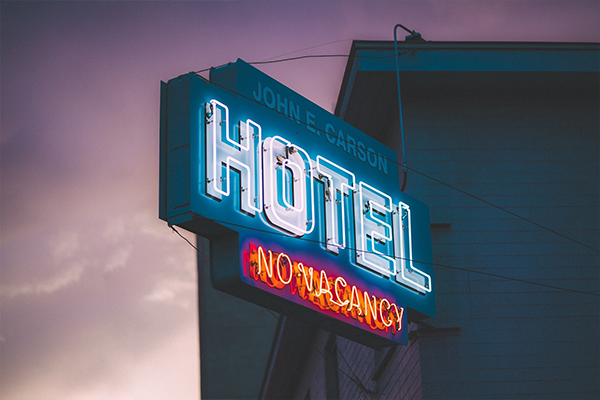 |
 |
|
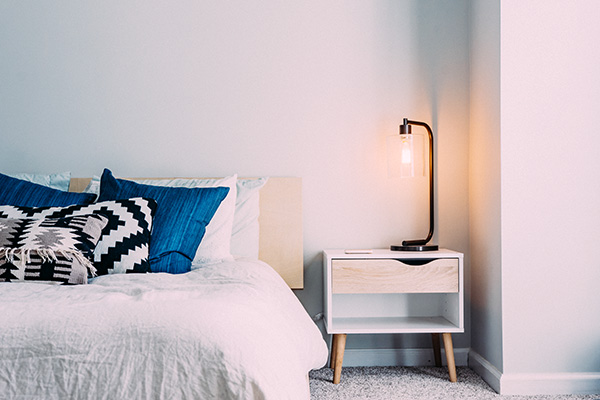 |
Major sources of indoor pollutants in hotels: • BACTERIA. Bacteria can enter the hotel's air conditioning system, which can cause illness or trigger asthma and allergy symptoms. • DUST MITES. These microscopic creatures can be found in carpets, pillows and mattresses that prefer areas with lots of people. These microbes can cause allergic and asthma symptoms, and high-power machine dust rarely removes them all. • LACK OF VENTILATION. In some cases, you can't open the Windows, so the air comes from the air-conditioning system. If the HVAC system does not blow clean, polluted air enters your room and the air quality becomes worse. |
 |
|
| IIECC has applied air pollution control technologies to these problems and has created filtration media and specialized equipments to meet the unique needs of this industry. IIECC has a full range of products available, plus the expertise to help find the best solution for each pollution problem. |
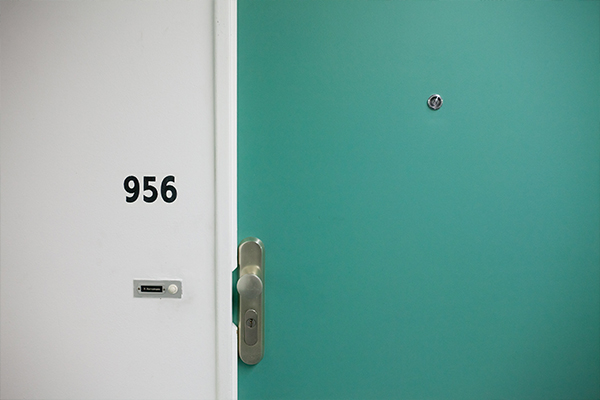 |
 |
Products & Services
-
Antibacterial Sterilization Series
Engineered to provide enhanced performance in controlling bacterial and fungal growth in air stream, as well as removing a wide range of gaseous contaminants.
-
Indoor Air Quality Series
Engineered to purify a wide variety of odorous and contaminates from indoor air.
-
Targeted Contaminants Removal Series
Filtering by adsorption or oxidation process and engineered to provide superior performance in removing selected contaminants.
-
Ventilation Filtration Systems
Ventilation Filtration System (VFS) is a type of air filtration equipment that designed for meeting the needs of indoor air ventilation and purification. It is filled with IIECC Filtration Media to purify the air from outdoor to protect people from air po
-
Recirculation Purification System
Recirculation Purification System (RPS) is an independent and complete air purification equipment. It is designed to be placed indoors, and the air is circulated and purified to protect people from indoor air pollution, and make sure that the electronic
| The burning of coal, natural gas, liquefied petroleum gas and gas during cooking will produce harmful gases such as CO, CO₂, NOx and SO₂. Fuel combustion also produces particulate matter. Some restaurants have been constantly emitting thick smoke from cooking during their business process, which has seriously affected the health of the surrounding residents and caused serious pollution to the environment, and has become an indispensable source of soot emissions. |
 |
 |
|
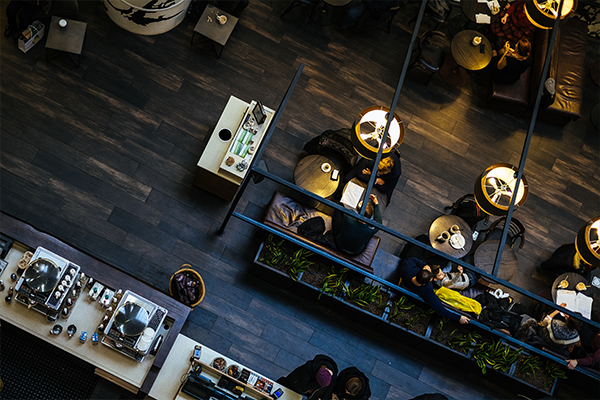 |
The hazards of food fume are multi-faceted. First, it is one of the direct sources of PM2.5. Secondly, soot contains a variety of volatile organic compounds, which can react with nitrogen oxides in the environment, enhance the oxidation of the atmosphere and accelerate Formation of secondary particles. In addition, food fume contains a variety of chemical substances, such as Benzoapyrene, Dibenz[a,h]anthracene and other known carcinogenic mutagens, long-term inhalation of such substances, will cause immunity Decreased function, leading to the occurrence of disease, which directly affects the health of the human body. |
 |
|
| IIECC has applied air pollution control technologies to these problems and has created filtration media and specialized equipments to meet the unique needs of this industry. IIECC has a full range of products available, plus the expertise to help find the best solution for each pollution problem. |
 |
 |
Products & Services
-
Ventilation Filtration Systems
Ventilation Filtration System (VFS) is a type of air filtration equipment that designed for meeting the needs of indoor air ventilation and purification. It is filled with IIECC Filtration Media to purify the air from outdoor to protect people from air po
-
Recirculation Purification System
Recirculation Purification System (RPS) is an independent and complete air purification equipment. It is designed to be placed indoors, and the air is circulated and purified to protect people from indoor air pollution, and make sure that the electronic
| People who sit in offices often have symptoms of dizziness and discomfort, which is because clean and atmospheric offices look spotless on the surface and actually contain a lot of potential air pollution. Some high-grade office buildings, in order to increase the efficiency of the central air conditioning, adopt closed structure in construction, ventilation is seriously insufficient, leads to increased carbon dioxide concentrations, long airtight office oxygen levels drop, causing air pollution, people long indoors tend to have dry mouth, chest tightness, dizziness, fatigue and other symptoms. It can also lead to reduced immunity, which can lead to other diseases. |
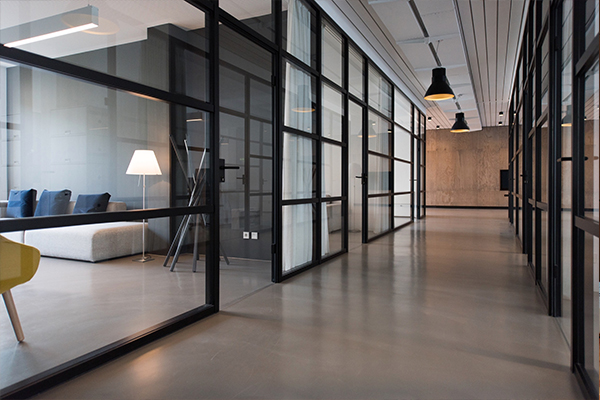 |
 |
|
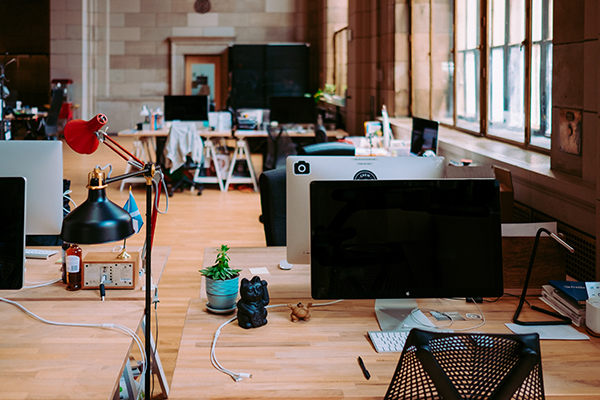 |
Standard office equipment like computers and printers release ozone at work, which can irritate the eyes and respiratory tract. In addition, most decorative materials contain organic solvents, formaldehyde and benzene to varying degrees. Office people are constantly exposed to severe indoor pollution. IIECC provides comprehensive and professional indoor air treatment services. IIECC offers online monitoring and manual testing services to customers based on their needs and comprehensive consideration of environmental factors. |
 |
Products & Services
-
Antibacterial Sterilization Series
Engineered to provide enhanced performance in controlling bacterial and fungal growth in air stream, as well as removing a wide range of gaseous contaminants.
-
Indoor Air Quality Series
Engineered to purify a wide variety of odorous and contaminates from indoor air.
-
Targeted Contaminants Removal Series
Filtering by adsorption or oxidation process and engineered to provide superior performance in removing selected contaminants.
-
Ventilation Filtration Systems
Ventilation Filtration System (VFS) is a type of air filtration equipment that designed for meeting the needs of indoor air ventilation and purification. It is filled with IIECC Filtration Media to purify the air from outdoor to protect people from air po
-
Recirculation Purification System
Recirculation Purification System (RPS) is an independent and complete air purification equipment. It is designed to be placed indoors, and the air is circulated and purified to protect people from indoor air pollution, and make sure that the electronic
| "A well-ventilated classroom can improve test scores by as much as 15 percent," according to the US EPA. Since students spend most of their time in school, indoor air quality has become one of the top priorities of the education commission and schools. PM2.5, automobile exhaust, chemical emissions, VOC, and allergens are all possible pollutants in kindergarten classrooms. |
 |
 |
|
 |
Specific populations such as primary and secondary schools and kindergartens have low immunity. Indoor air pollution can seriously affect students' health. Indoor air circulation is not easy to breed bacteria. The risk of cross-contagion between people is higher, and the rate of child absenteeism increases. In addition, recent research suggests that poor indoor air quality may directly reduce the ability to perform specific intellectual tasks and even reduce cognitive development. IIECC has extensive experience in working with schools and childcare facilities to provide air purification solutions that significantly improve the air quality of these institutions. |
 |
Products & Services
-
Antibacterial Sterilization Series
Engineered to provide enhanced performance in controlling bacterial and fungal growth in air stream, as well as removing a wide range of gaseous contaminants.
-
Indoor Air Quality Series
Engineered to purify a wide variety of odorous and contaminates from indoor air.
-
Targeted Contaminants Removal Series
Filtering by adsorption or oxidation process and engineered to provide superior performance in removing selected contaminants.
-
Ventilation Filtration Systems
Ventilation Filtration System (VFS) is a type of air filtration equipment that designed for meeting the needs of indoor air ventilation and purification. It is filled with IIECC Filtration Media to purify the air from outdoor to protect people from air po
-
Recirculation Purification System
Recirculation Purification System (RPS) is an independent and complete air purification equipment. It is designed to be placed indoors, and the air is circulated and purified to protect people from indoor air pollution, and make sure that the electronic
| Some people tend to think of air pollution as something outside -- smog, ozone, or haze hanging in the air, especially in summer. But the truth is, the air inside homes, offices, and other buildings can be more polluted than the air outside. The air inside your home may be polluted by lead (in house dust), formaldehyde, fire-retardants, radon, even volatile chemicals from fragrances used in conventional cleaners. Some pollutants are tracked into the home from window. Some arrive via a new mattress or furniture, carpet cleaners, or a coat of paint on the walls. |
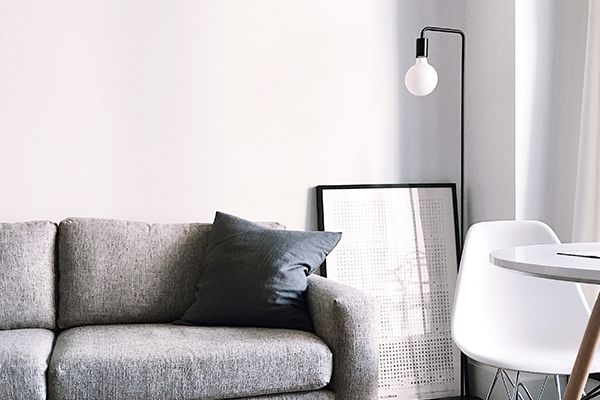 |
 |
|
 |
Children, people with asthma, and the elderly may be especially sensitive to indoor pollutants, but other effects on health may appear years later, after repeated exposure. The filtration media loaded in IIECC's air purification equipment can effectively filter a variety of indoor common pollutants, creating a cleaner and safe indoor air environment for you and your family. |
 |
Products & Services
-
Antibacterial Sterilization Series
Engineered to provide enhanced performance in controlling bacterial and fungal growth in air stream, as well as removing a wide range of gaseous contaminants.
-
Indoor Air Quality Series
Engineered to purify a wide variety of odorous and contaminates from indoor air.
-
Targeted Contaminants Removal Series
Filtering by adsorption or oxidation process and engineered to provide superior performance in removing selected contaminants.
-
Ventilation Filtration Systems
Ventilation Filtration System (VFS) is a type of air filtration equipment that designed for meeting the needs of indoor air ventilation and purification. It is filled with IIECC Filtration Media to purify the air from outdoor to protect people from air po
-
Recirculation Purification System
Recirculation Purification System (RPS) is an independent and complete air purification equipment. It is designed to be placed indoors, and the air is circulated and purified to protect people from indoor air pollution, and make sure that the electronic



